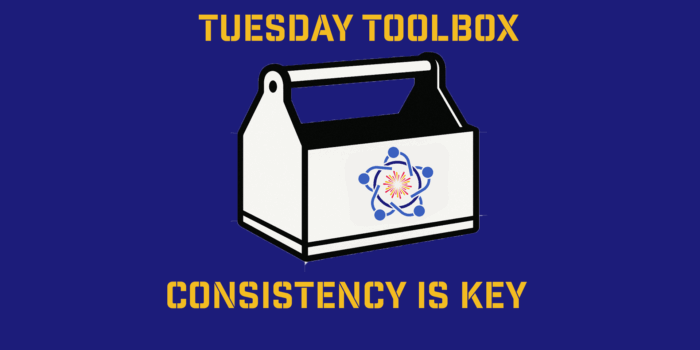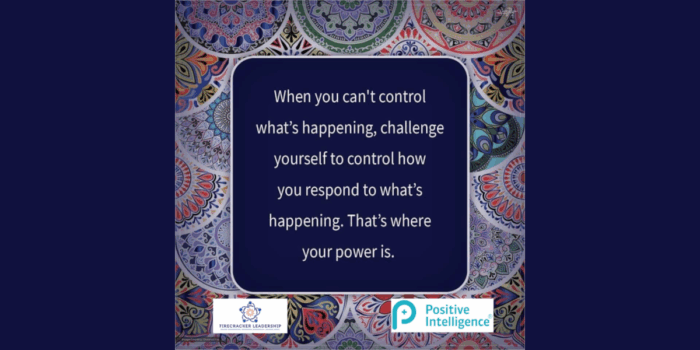My Wednesday Wish for You: Consistency A colleague of mine just won a boxing match. Another finished an Ironman. Neither…
Rethinking your strategy to succeed is necessary.
Keeping shelves stocked has been anything but a straightforward task for retail businesses over the past two years.
Ongoing supply chain snags and changing customer preference due to the pandemic have forced many businesses to completely rethink the way they stock their shelves to accommodate supply shortages, shifting demand, and ongoing inflation –here are the strategies that seem to be working.
Think short term
When the pandemic started, Austin-based cleaning products company Branch Basics saw demand skyrocket overnight. Quickly, CEO Tim Murphy made the decision to hire an experienced demand planner, who still works for the company. “Once a month, we do supply and demand chain analysis, and make our best estimates of what we need to order, given that lead times have gone berserk,” he says. With a supply chain expert on board, Murphy says that the company has been able to better predict potential issues, which could stem from small details; if trigger sprayers are in short supply, for instance, it’s not just one product that will be affected, but an entire kit that Branch Basics sells as a set. By thinking both big picture and small details, Branch Basics has successfully kept its entire product line in stock.

Branch Basics’s hero product, a cleaning concentrate that can be combined with water to make multi-use sprays.Photo: Courtesy company
As an alternative to a demand expert, some businesses might consider adopting a more tech-forward approach, suggests Padhu Raman, chief product officer at the Sandy Springs, Georgia-based warehouse management system company Verte. Basically, it’s a unified platform that allows businesses to see and manage both their supply chain and their ecommerce transactions at once. The platform uses artificial intelligence to analyze this data in real time, which allows users to better predict demand fluctuations and potential supply chain disruptions–helping businesses to avoid decisions that could lead to over- or under-stocking their inventory. “Supply chain visibility, though a platform like ours, is the key to making more proactive, rather than reactive, decisions,” he says.
Verte, founded in 2017, isn’t the only company devised to improve supply chain visibility. Atlanta-based Stord (No. 42 on the 2021 Inc. 5000) uses cloud technology to give businesses end-to-end supply chain visibility that can help them manage fulfillment in volatile times, and Orem, Utah-based software business Fishbowl is a cloud-based inventory management software that enables users to automatically re-order products when they hit a designated threshold.
Serve the most profitable customers first
Many businesses can’t produce enough to keep up with demand, says Patrick Lowe, vice president of business management at the Allen, Texas-based ecommerce fulfillment provider, PFS. And until they can resolve this issue, they need to strategize how and where they sell their products. Increasingly, he says, that means prioritizing inventory for direct-to-consumer avenues over external retailers. “Ideally, your direct-to-consumer business is your most profitable,” he says.
But there are benefits to offering both DTC and retail purchasing options says Michael Mayer, founder and CEO of the New York City air conditioner brand Windmill. The brand, incorporated in 2018 and launched in summer 2020, sold out of its initial batch of inventory 48 hours post-launch and amassed a 10,000 person waitlist. Because Windmill’s Chinese factory was closed for three months at the start of the pandemic, the company couldn’t produce the number of ACs it planned. Then, there was the issue of financing more inventory–which led Mayer to ditch his direct-to-consumer-only focus.

Windmill’s sleekly designed window air conditioner.Photo: Courtesy company
“We were like, ‘Well, we need to get loans. And we can only get loans if we have purchase orders for retailers,'” he says. A period of cold LinkedIn pitching led to retail partnerships with Home Depot and P. C. Richard & Son in time to produce sample ACs for the 2021 peak season. Today, sales are split between Windmill’s website and its retail partners, Mayer says.
Stock up smartly
There’s a temptation to stock as much inventory as possible, especially as supply chains remain unpredictable and prices increase due to inflation. But businesses should be careful not to over-order, says Mark A. Cohen, professor of retail studies at Columbia Business School. “You carry the burden of the cost of having committed to those goods, you’re consuming cash, and you have to then be responsible for the care and feeding of those goods before they’re sold,” he says. “Logistics, warehousing, layup costs are not insignificant.” It is wiser to fall slightly behind on business, he says, than to be left with a ton of excess inventory–an issue that large retailers, like Walmart and Kohls, which have reported high levels of unsold merchandise, must currently tackle.
But for businesses that have historically sold out of their goods, increasing inventory may be a smart idea–if they do so correctly. Xero Shoes, a Broomfield, Colorado-based company that recently made the Inc. 5000 Regionals list, has frequently seen more demand than it can accommodate, says president and co-founder Lena Phoenix. “As a bootstrapped business, we’ve always invested everything we can in inventory for next season–the goal for us has always been to find more capital,” she says. When Covid-19 started, Xero had a considerable amount of inventory, which put it in a good position compared with competitors– partially due to lucky order timing, Phoenix notes. But after taking a private equity investment in late 2020, the business was able to take on a more aggressive buying strategy.

One of Xero Shoes’s comfort-first sneaker offerings.Photo: Courtesy company
But Xero didn’t just buy more–it bought smarter, introducing an enterprise resource planning system that allowed the team to better analyze what customers were responding to and to predict what they might want next. This was an upgrade from the spreadsheets the ordering department previously used. “By getting better data, we’re able to do things like correct mistakes in the size curve,” Phoenix says. “A lot of footwear companies don’t make shoes above size 12, so we have quite a few consumers who wear sizes 13, 14, and 15. Every time we launched a new size, we’d run out of it right away–and now we no longer run the risk of overcorrecting.”
Strategize your storage
Some businesses face a post-production issue: They have enough inventory, but they don’t have a place to put it due to an ongoing warehouse shortage. In those instances, Lowe adds, they might consider diversifying their fulfillment strategy. “We’re trying to expand our physical distribution presence so we can go to brands and say, I can’t give you 100,000 square feet [of warehouse space] in Memphis, Tennessee, but I can give you 60,000 in Memphis and 40,000 in Las Vegas–so let us open a bi-nodal fulfillment solution for you.”



